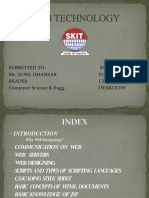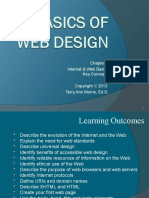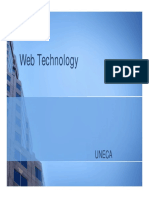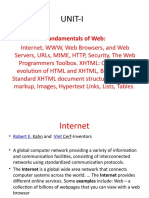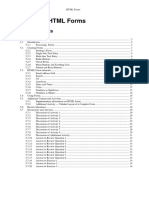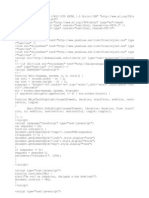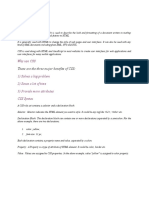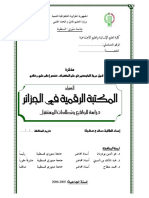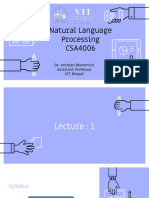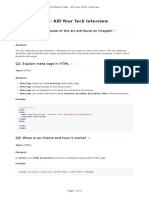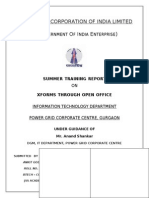0% found this document useful (0 votes)
29 views12 pagesInternet Programming Chapter 1
The document outlines the course titled 'Internet Programming' at MicroLink Information Technology College, detailing assessment methods and course chapters. It covers key internet concepts, advantages and disadvantages, web technologies, and development tools. Additionally, it discusses client-server architecture and website validation criteria.
Uploaded by
RasDanyCopyright
© © All Rights Reserved
We take content rights seriously. If you suspect this is your content, claim it here.
Available Formats
Download as PPTX, PDF, TXT or read online on Scribd
0% found this document useful (0 votes)
29 views12 pagesInternet Programming Chapter 1
The document outlines the course titled 'Internet Programming' at MicroLink Information Technology College, detailing assessment methods and course chapters. It covers key internet concepts, advantages and disadvantages, web technologies, and development tools. Additionally, it discusses client-server architecture and website validation criteria.
Uploaded by
RasDanyCopyright
© © All Rights Reserved
We take content rights seriously. If you suspect this is your content, claim it here.
Available Formats
Download as PPTX, PDF, TXT or read online on Scribd
/ 12




















